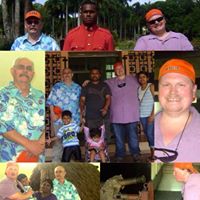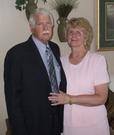The Queen Elizabeth Islands are part of which country?
The Queen Elizabeth Islands (French: Îles de la Reine-Élisabeth; formerly Parry Islands or Parry Archipelago) are the northernmost cluster of islands in the Canadian Arctic Archipelago, split between Nunavut and Northwest Territories in Northern Canada. The Queen Elizabeth Islands contain approximately 14% of the global glacier and ice cap area. (excluding the inland and shelf ice sheets of Greenland and Antarctica).
The islands, together 419,061 km2 (161,800 sq mi) in area, were renamed as a group after Elizabeth II on her coronation as Queen of Canada in 1953. The islands cover an area approximating to the shape of a right triangle, bounded by the Nares Strait on the east, Parry Channel on the south and the Arctic Ocean to the north and west.
Most are uninhabited although the Natural Resources Canada's Climate Change Geoscience Program Earth Sciences Sector (ESS), has monitors on the islands. In 1969 Panarctic Oils, now part of Suncor began operating exploration oil wells in the Sverdrup and Franklinian basins and planned on establishing its resource base in the Queen Elizabeth Islands. It ceased production in the 1970s.
At the 2013 GeoConvention the Arctic Islands region were called Canada's perpetual "last petroleum exploration frontier". Hogg and Enachescu argued that the development and implementation of advanced marine and land seismic technologies in Alaska, Northern Europe and Siberia could be modified for use in the Queen Elizabeth Islands.
More Info:
en.wikipedia.org











